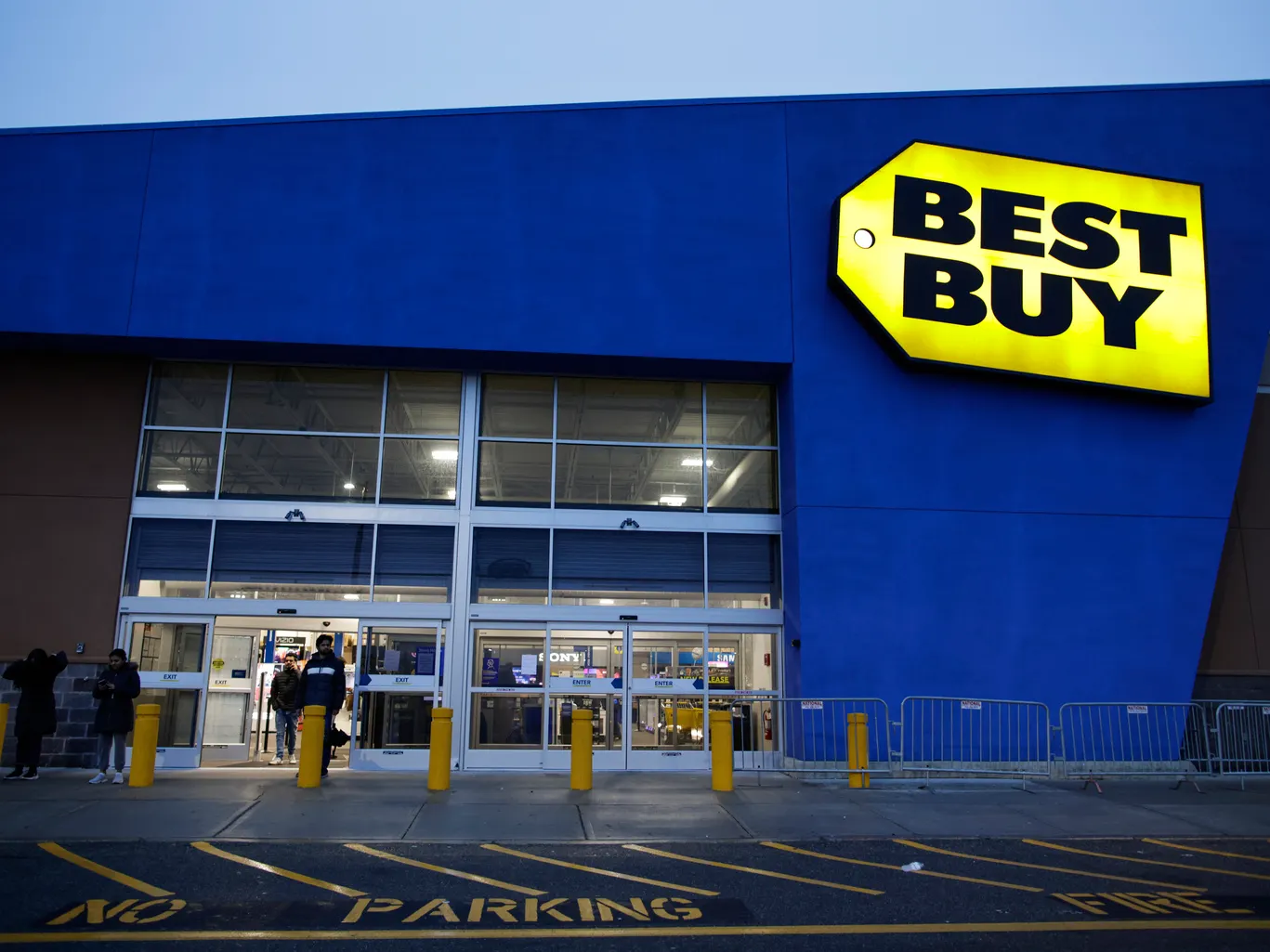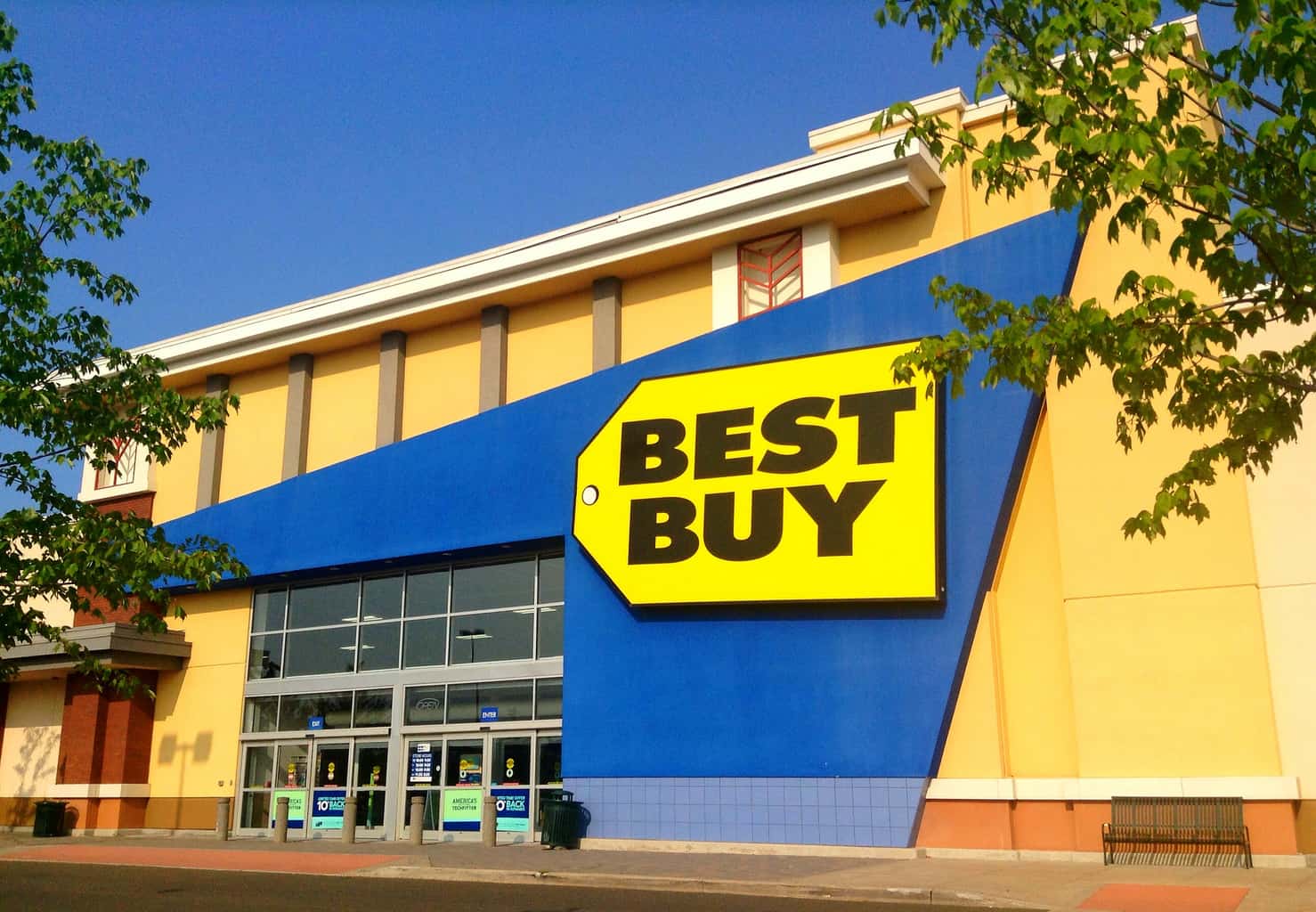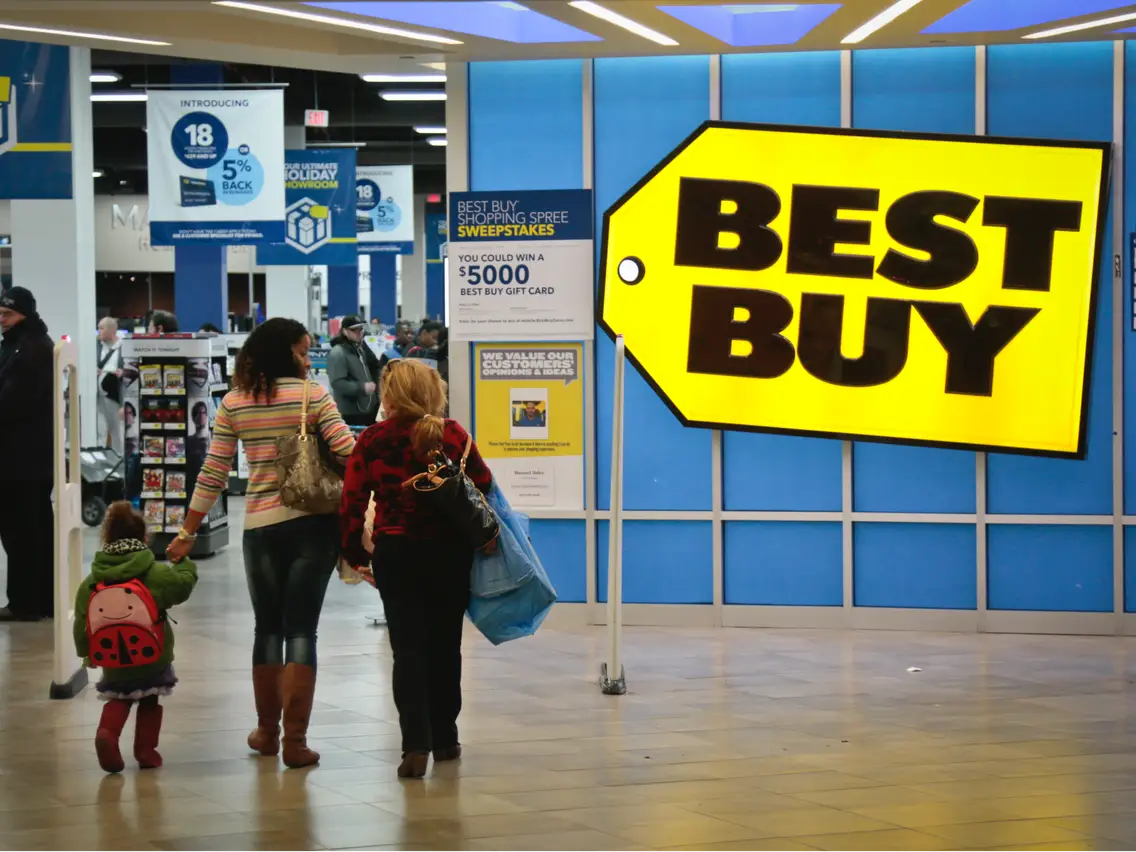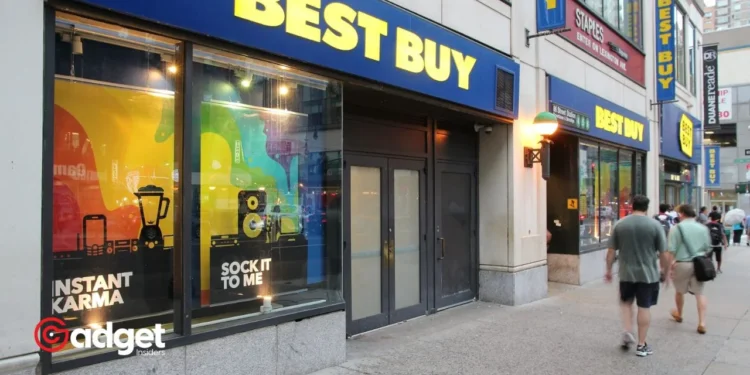Best Buy’s recent store closures, effective March 2, span across diverse states including New York, Minnesota, Utah, and seven others, underscoring the national scope of their strategy. This decision brings Best Buy’s store count to approximately 950, marking a significant reduction from its pre-pandemic numbers.
Corie Barry, the company’s CEO, and Matt Bilunas, CFO, have openly discussed the rationale behind these closures, attributing them to an adaptation to evolving consumer shopping habits and the expiration of store leases.
Innovating Retail: Best Buy’s Forward-Thinking Approach
Amidst these closures, Best Buy is not retreating but rather recalibrating its physical presence. The retailer is exploring the opening of smaller format stores and additional outlet centers, aimed at serving outstate markets previously without a physical Best Buy presence and testing the viability of smaller stores in proximity to closed larger outlets.

This strategy seeks to maximize store retention through convenience, a nod to the changing preferences of today’s consumers.
Best Buy shut another 10 stores this month (adding to the 24 it shuttered over the past year) – is YOURS affected?https://t.co/ZVPnyppdPo
— Stalingrad & Poorski (@Stalingrad_Poor) March 20, 2024
What This Means for Consumers and the Retail Industry
For consumers, these shifts signal a more diverse shopping experience, blending online convenience with physical retail’s tactile advantage. The emphasis on smaller, more strategically located stores could enhance shopping convenience and personalized service.

As we witness these transformations, one thing remains clear: the retail landscape is evolving rapidly, with technology and consumer preferences at its core.

The closures and adaptations by Best Buy and other retail giants are not just about cutting losses but are a strategic pivot towards a future where physical and digital retail coexist more harmoniously, tailored to the ever-changing preferences of the consumer.
As the dust settles on these recent closures, the industry and its consumers await the next chapter in retail’s ongoing transformation, with anticipation and a keen eye on innovation.










